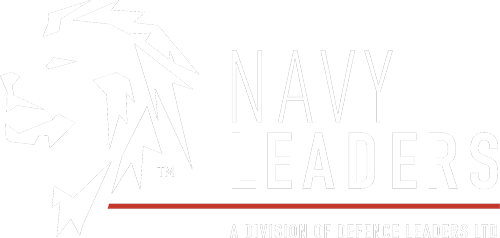Air Assets Join Up With Carrier Strike Group
)
F-35Bs Lightnings and Merlin helicopters have flown out to embark on HMS Prince of Wales before the Carrier Strike Group departs U.K. waters headed for the Far East.
As per a recent Royal Navy press statement, they together represent “the most powerful deployment of U.K. airpower at sea this century.”
More than 30 planes, helicopters and drones have arrived on the HMS Prince of Wales at sea, joining their supporting personnel who had embarked in Portsmouth.
The Air Wing embarked for the Operation Highmast deployment is initially made up of 18 F-35B Lightnings from 809 Naval Air Squadron and 617 Squadron RAF which flew aboard from RAF Marham in Norfolk. A further six fighters will join the carrier later on.
They are complemented by 16 Merlin Mk2 anti-submarine and Airborne Surveillance and Control helicopters, as well as a number of troop-carrying/utility Mk4s and Wildcat maritime attack helicopters.
The nine Merlin helicopters from 820 Naval Air Squadron arrived on HMS Prince of Wales from their home at Royal Naval Air Station Culdrose. The 200 crew and their aircraft from the Merlin Helicopter Force bring anti-submarine warfare capabilities as well as offering extensive airborne surveillance to the task group.
The ship also carries numerous Malloy and Puma drones to transfer supplies between the task group and from ship to shore and conduct ISR missions.
Captain Colin McGannity, Commander Air Group, said: “It’s taken a huge endeavour to get to this point thanks to thousands of people in squadrons and air bases and supporting staff and industry.”
He added: “It’s a huge privilege to lead this air group, to show what it can do and I’m massively looking forward to it.”
Three of the embarked helicopters are specialised for Crowsnest, an airborne surveillance and control (ASaC) programme. They will fly high above the CSG with suspended radars allowing them to see up to 100 miles in any direction.
Captain McGannity explained: “The principal reason for having the ASaC capability and the Crowsnest programme to do that is for protection of the strike group against air threats and, although it doesn’t fire anything to engage missiles, it’s there to provide early warning to ships and particularly for the targets that ships would struggle to see themselves.
“By getting a really capable radar up high and looking down, we’re taking advantage of all the lessons that we’ve learned in the past, particularly back in the Falklands War to make sure that we’ve got that capability to help protect the strike group.”
As part of the eight-month Operation Highmast deployment the CSG is set to participate in Exercise Neptune Strike under NATO command in the Mediterranean, testing high-end maritime strike capabilities. Further exercises and port visits will follow in the Indian Ocean, with partners including the U.S., India, Singapore, and Malaysia.
The CSG will also link up with 19 partner nations for Exercise Talisman Sabre near Australia, visit Japan, train alongside the Japanese Maritime Self Defence Force, and conduct a port visit to India.
-
You can read more details about the HMS Prince of Wales Air Wing and the role of the Merlin helicopters joining the CSG on the Royal Navy website
